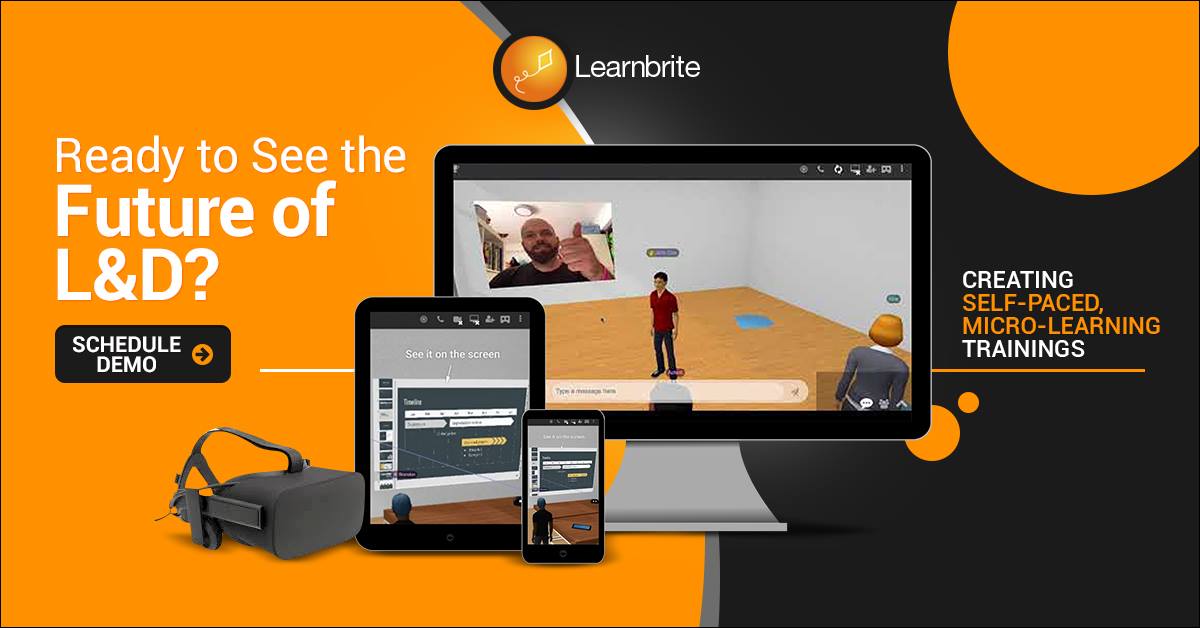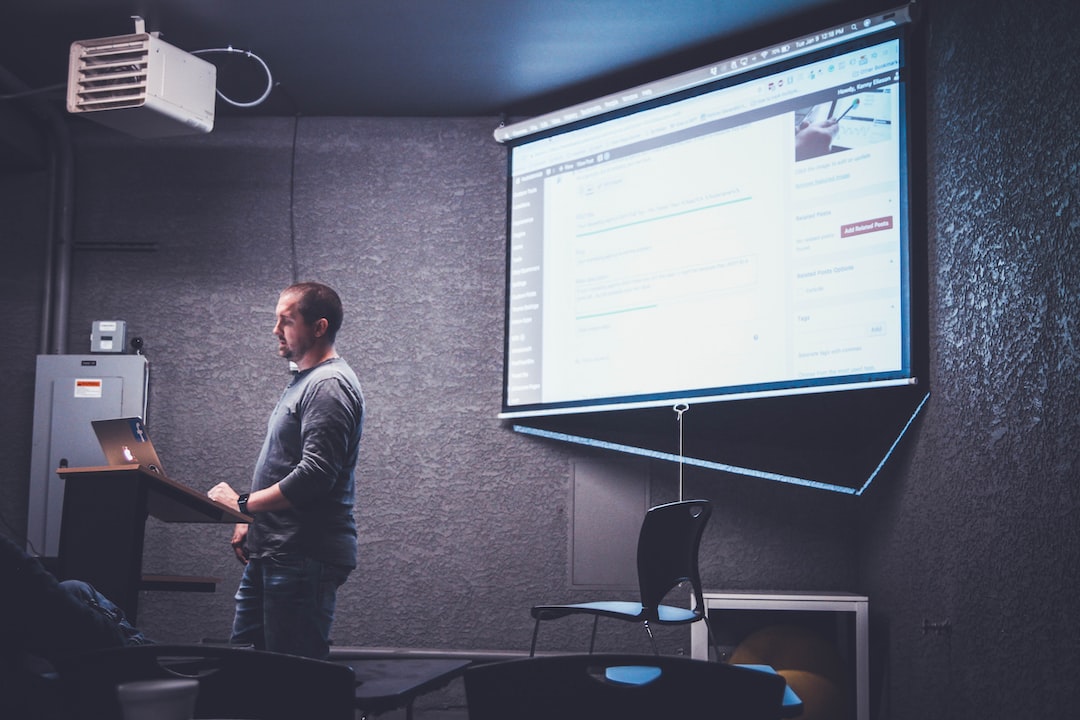Understanding the SAM Instructional Design Model
What is SAM instructional design? If you’re an instructional designer, you know that creating practical learning experiences requires a well-structured process. The SAM (Successive Approximation Model) is one such model that can help streamline your design process and create impactful instructional material.
In this blog post – What is SAM Instructional Design? A Comprehensive Guide, we’ll dive deep into the SAM model and explore how it can be used to develop successful learning environments.
Learn about each design phase, from planning to evaluation, and discover how SAM offers an agile approach to the instructional design model by focusing on rapid iterations based on user feedback. In addition, incorporating behaviorist learning theory ensures learners achieve desired outcomes dynamically and interactively.
This article is an excellent resource for instructional designers seeking to expand their knowledge of successful e-learning.
Table Of Contents:
- Understanding the SAM Instructional Design Model
- The SAM Model for Instructional Design
- Understanding Successive Approximation
- FAQs about What is SAM Instructional Design
- Conclusion
The SAM Model for Instructional Design
What is SAM instructional design? The SAM Model is an iterative and agile approach, starting with the Preparation phase to collect background info, analyze needs, and set objectives. Next, the Analysis phase identifies behaviorist learning theories and potential designs.
Finally, in the Design phase, materials are created, a project plan is developed, and elements are proofed before implementation.
The fourth phase of SAM is SAVY Start, where designers use rapid prototyping to gain feedback from stakeholders or learners. They refine the design in the development phase and evaluate its effectiveness in achieving goals.
SAM model prioritizes learners by involving them in decision-making throughout each stage, such as selecting designs or providing feedback on prototypes. In addition, its iterative approach allows developers to make alterations based on user input in every phase rather than having fixed designs from the start.
This is a significant advantage over other models, such as ADDIE.
The SAM Model provides an effective framework to create and develop engaging, immersive learning experiences.
Key Takeaway: The SAM Model is an agile and iterative approach that puts learners first by incorporating them into decision-making. It enables developers to rapidly prototype ideas, refine their designs based on feedback, and evaluate the effectiveness of training while still meeting all requirements outlined in previous phases. In a nutshell: it’s tailor-made learning at its finest.

Understanding Successive Approximation
What is SAM instructional design? Successive approximation is creating and testing prototypes iteratively to reach the ideal output. It is commonly used where designers create multiple potential designs for learning experiences, test them, and then refine them until they meet their desired objectives.
The SAM (Successive Approximation Model) Methodology uses successive approximation as its core concept.
How Does Successive Approximation Work? In the SAM model, instructional designers use rapid prototyping to quickly develop several potential designs for a given learning experience or project. These initial designs are tested with stakeholders or users before being refined into more detailed versions.
This process continues until the final design meets all objectives and expectations set out by stakeholders or users during the evaluation stage of development.
An online course on managing complicated client interactions was developed with several scenarios tested with customers and employees to refine the training module. The result was a successful implementation, meeting management’s budget, and timeline constraints.
Key Takeaway: Using the SAM (Successive Approximation Model) Methodology, instructional designers can create and refine learning experiences through a rapid prototyping process of testing and iterating designs. This is exemplified in an online customer service training course that achieved its objectives within budget constraints. In other words, successive approximation helps ‘hit the nail on the head’ when it comes to creating a successful instructional design.
“Secure your mobile learning platform & maximize user experience with careful planning, training, and data security. #MobileLearningLMS #ProfessionalDevelopment”Click To Tweet
FAQs about What is SAM Instructional Design
What is SAM instructional design?
Sam is a methodology that focuses on creating immersive learning experiences using 3D simulations. It emphasizes a learner-centered approach to creating engaging and interactive scenarios for self-paced or instructor-led courses, micro-learning modules, employee onboarding, soft skills training, gamified learning, role-play simulations, and more.
Sam encourages learners to explore their environment while providing meaningful feedback to foster critical thinking and problem-solving abilities.

What is the SAM approach?
What is SAM instructional design? The SAM (Successive Approximation Model) approach is a methodology that focuses on breaking down complex tasks into smaller, more manageable chunks. It involves a systematic cycle of analyzing the task to be learned, designing activities and materials to support learning, implementing the instruction with learners, and evaluating its effectiveness.
This iterative process allows for continual improvement to reach desired performance outcomes. The SAM approach helps ensure learner engagement by providing meaningful practice opportunities through simulations or role-playing scenarios as well as feedback throughout each step of the learning process.
Onboarding is essential for successful recruitment & retention. Share company vision values, hold regular meetings, and provide cross-training & mentor programs to boost retention rates. #onboarding #recruitment #retentionClick To Tweet
What is the history of SAM instructional design?
SAM instructional design is an approach to creating effective learning experiences that have been around since the late 1990s. It uses technology, media, and interactive elements to create immersive 3D experiential scenarios for self-paced or instructor-led courses.
SAM stands for “scenario-based adaptive multimedia” which emphasizes the use of multimedia content such as videos, audio clips, images, and text combined with branching logic to provide personalized learning paths tailored to each learner’s needs. This approach also includes game mechanics like rewards and challenges to motivate learners and make their experience more engaging.
The goal of SAM is not only to facilitate knowledge transfer but also to develop the skillsets needed by learners for them to become successful professionals in their respective fields.
What does Sam mean by teaching?
Sam in teaching refers to the use of technology and multimedia resources to create immersive, interactive learning experiences. This includes incorporating 3D graphics, animation, audio, and video elements into educational content that can be used for self-paced or instructor-led courses, micro-learning modules, employee onboarding activities, soft skills training simulations, and gamified learning exercises.
Sam enables instructional designers and L&D professionals to easily develop engaging digital content without needing any coding knowledge.
Conclusion
What is SAM instructional design? The SAM model has proven to be an effective and efficient way of creating learning experiences that are engaging, immersive, and tailored for the learner.
Using tools such as storyboarding, task analysis, and flowcharts combined with a structured process like the SAM model, instructional designers can create meaningful learning scenarios that use both traditional teaching methods and newer technologies.
With its focus on continual improvement through successive approximation cycles, the SAM Model is sure to remain a valuable resource for those looking to develop successful e-learning solutions.
Take your learning experiences to the next level with LearnBrite‘s platform. Create engaging, immersive 3D scenarios for self-paced or instructor-led courses, micro-learning modules, and more – all without any coding knowledge required!
With LearnBrite‘s no-code platform creates immersive 3D learning experiences for your training and onboarding needs. Leverage our advanced authoring tools to make the most of every learning opportunity!“Futureproof” your Metaverse with this browser-based platform that enables access on all smartphones, tablets, laptops, and VR/AR headsets, without requiring downloads or software installation. Try and explore LearnBrite today and book a demo call!


Recent Comments